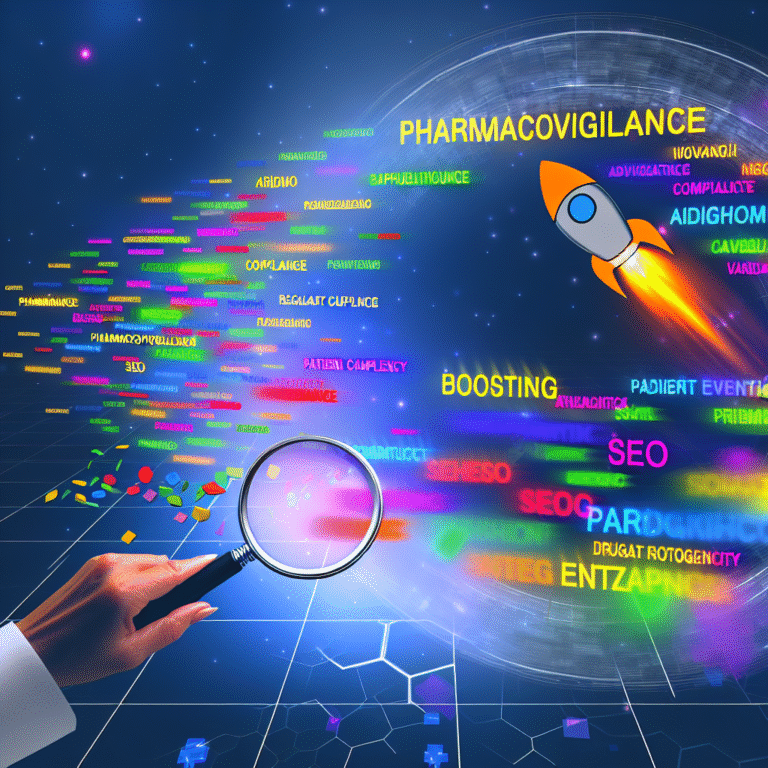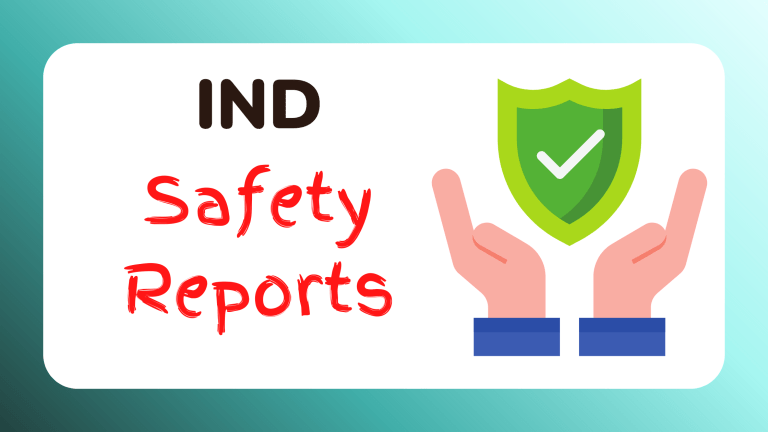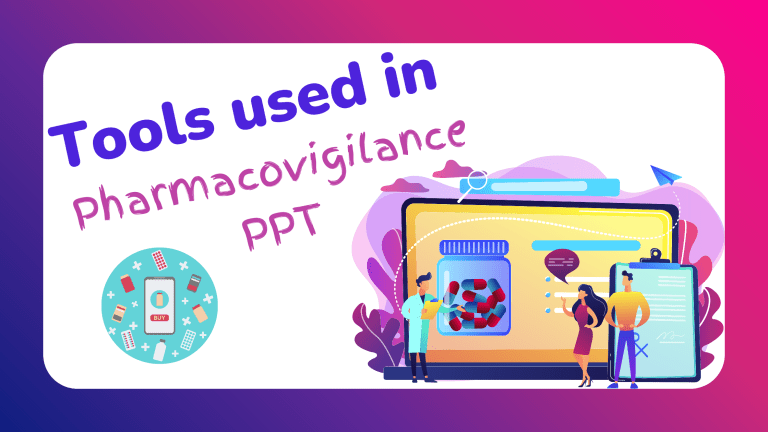The Role of Pharmacovigilance in Modern Healthcare: Ensuring Drug Safety
The Importance of Pharmacovigilance in Healthcare: Keeping Drugs Safe
Introduction
Pharmacovigilance is like a superhero in healthcare that works in the background. Its main job is to make sure medicines are safe and work well, which is essential to trust modern medicine. With new special medicines and biologics being made, watching out for drug safety is more important than ever. This helps to protect the public and make sure the good things about medicines are greater than the bad ones.
What is Pharmacovigilance?
Pharmacovigilance is the science of looking for and understanding problems or bad effects caused by drugs. It became important after some bad drug events happened in history. Pharmacovigilance’s main goals are:
– Finding and studying bad reactions to drugs.
– Improving patient care and safety with medicines.
– Making sure medicines are used smartly and ethically.
Organizations like the World Health Organization (WHO) help spread good pharmacovigilance practices and make global rules to make drugs safe everywhere.
The Pharmacovigilance Process
Pharmacovigilance includes different steps to ensure medicines’ benefits are larger than their risks. These steps are:
– Spotting bad drug reactions: Always checking how drugs affect people in real life is needed.
– Analyzing risks: Each bad reaction is looked at closely to see how serious it is.
– Making plans and telling people: Based on what they find, they create ways to handle risks and share this information.
New tools make pharmacovigilance better. Electronic Health Records (EHRs) give lots of data to find new drug reactions. Tools like data mining help in spotting patterns that might show drug safety issues. Places like MedWatch in the U.S. and the Yellow Card scheme in the U.K. are important for gathering reports and information.
Rules and Guidelines
To keep up with fast changes in medicine, important bodies set tough rules for drug monitoring. These include:
– Food and Drug Administration (FDA) in the United States.
– European Medicines Agency (EMA) in Europe.
– Medicines and Healthcare Products Regulatory Agency (MHRA) in the U.K.
These groups, along with guidelines like Good Pharmacovigilance Practices (GVP) and International Council for Harmonization (ICH), help shape pharmacovigilance worldwide. Plus, the FDA’s Risk Evaluation and Mitigation Strategies (REMS) ensure the good effects of a drug are more than its risks.
The Importance of Reporting Bad Drug Reactions
Pharmacovigilance works well when bad drug reactions are reported. Healthcare workers and patients must report these reactions. Even though some reactions are not reported, ways to improve this include making people aware and making reporting easy. Some big successes have come from good reporting, leading to taking away or changing drugs for better safety.
Pharmacovigilance in the COVID-19 Era
The COVID-19 time showed how important pharmacovigilance is, especially with fast vaccine making and giving. Now there’s more focus on drug and vaccine safety, with teams working hard to check outcomes. Challenges included handling more data and finding vaccine issues quickly. The lessons during this time teach us to be ready and manage data well for future emergencies.
How Pharmacovigilance Helps Patients
Pharmacovigilance helps keep patients safe by cutting down mistakes with medicines, improving how well they work, and making sure drugs are used as safely as possible. There are many stories where it has stopped or changed drugs, saving lives and making patients better.
What’s Next for Pharmacovigilance
As healthcare changes, so will pharmacovigilance. Future trends might include:
– Using artificial intelligence to find bad drug reactions faster.
– Personalized medicine needing special pharmacovigilance plans.
– More sharing of data globally to check safety better.
Conclusion
Pharmacovigilance is essential for keeping people safe as healthcare changes. By being aware and reporting problems, we ensure that the medicines people get are safe and effective. Being vigilant is a continuous effort to protect public health.
Extra Information
To learn more about pharmacovigilance, check out these resources:
– World Health Organization – Pharmacovigilance
– FDA MedWatch
– European Medicines Agency – Pharmacovigilance
– International Society of Pharmacovigilance (ISoP)
– The Uppsala Monitoring Centre
By staying informed and involved, healthcare workers and patients play a key role in keeping drugs safe. Let’s all be part of this important mission to ensure drug safety.






